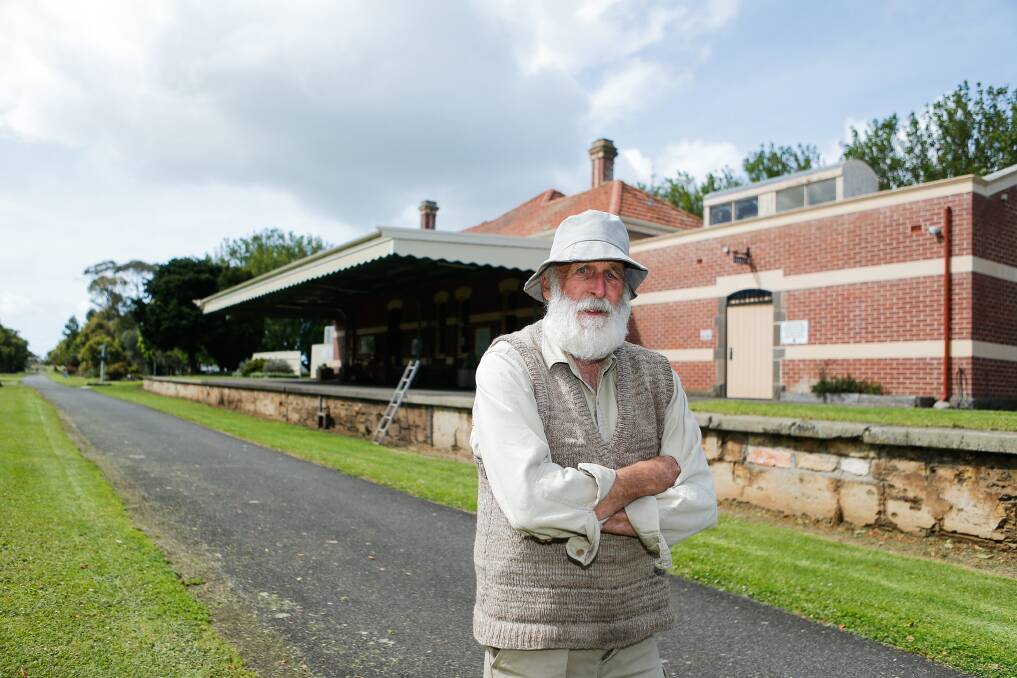
"If you don't use it, you lose it" is a medical buzz phrase that has an historical crossover.
Subscribe now for unlimited access.
or signup to continue reading
The theory is a lack of regular movement seizes up the whole operation up, and neglect sees decay quickly set in.
While physiotherapists, doctors and other health professionals ensure the human body keeps ticking over, it is more often than not community volunteers who do the same for historic buildings of significance.
At the Koroit railway precinct, a team of unsung heroes are showing what some dedication and planning can achieve.
These efforts are even more impressive when seen in the context of the work being done in Port Fairy on bringing back to life that town's railway goods shed at Railway Place.
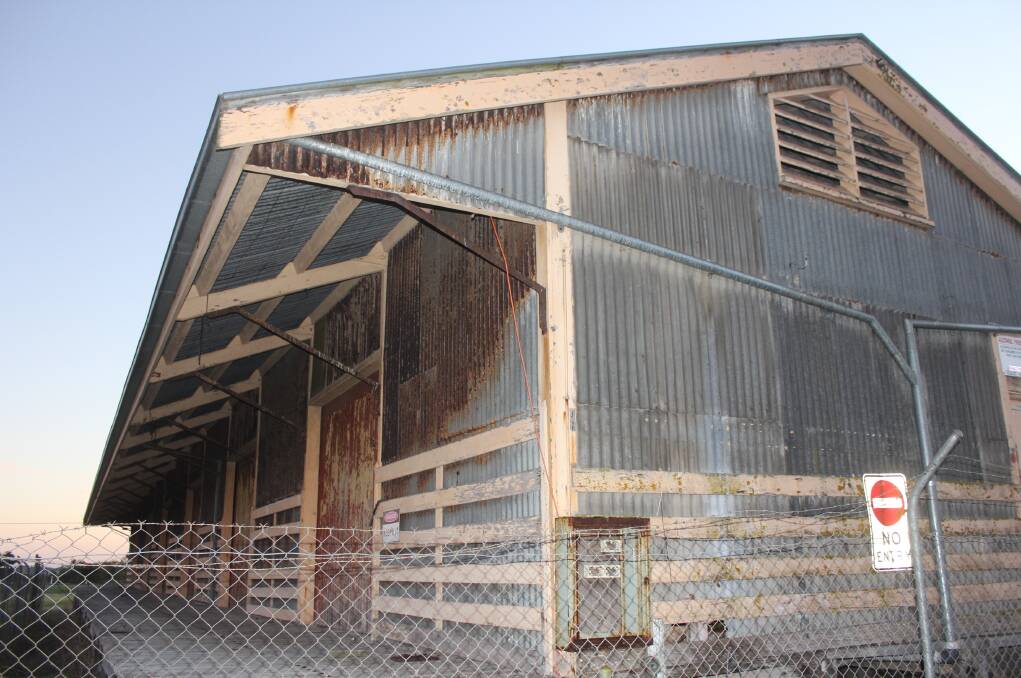
The Port Fairy building has been deteriorating at a steady rate since it was closed for business back in 1977.
The old Port Fairy Railway Station has long since gone, but the goods shed has survived, complete with a title of a building of significance from Heritage Victoria.
Despite this classification, the building has become an eyesore, fenced off and for the most part untouched. There have been a number of false starts over the past two decades to have renewal works done.
But in March, restoration works finally began on the back of a splash of $400,000 funding.
The task is being completed in line with a conservation management plan.
What is to become of the building when it is finished is yet to be confirmed.
But following the long and arduous journey to get the project to happen, the process of working out how it is best used will be the next challenge.
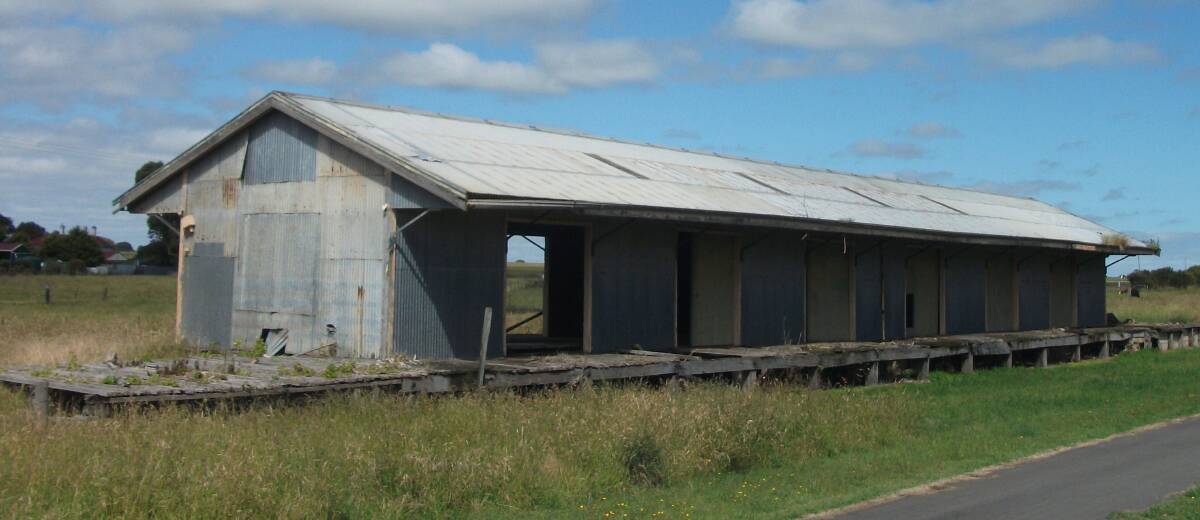
Finding a roadmap for this task may be as simple as heading down the road 10 minutes to the neighbouring township of Koroit.
You see, Koroit also has a goods shed, which just like Port Fairy was built around the time when the railway first arrived in the 1890s.
When the railway line was torn up after the last train, the Koroit Railway Station and goods shed both survived the ruthless tearing down of infrastructure.
They had lived to fight another day, but instead of being maintained and loved, they almost instantly became forgotten, a relic from an era past.
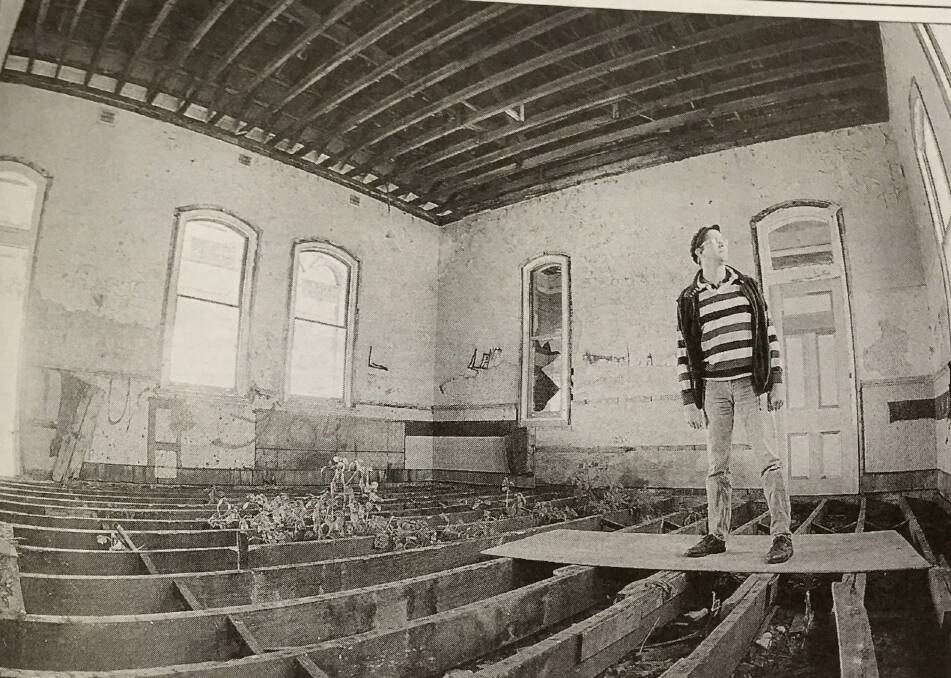
This remained the case for quarter of the century, until a railway station restoration party was formed to breath life into these iconic buildings.
With community members leading the way, it was to be a slow slog, with the battle for funding to make significant progress a tough one. But like the trains that once went up and down the tracks, the community kept chugging along, and soon major restoration milestones were being hit.
Helping the cause was the escalation of the Warrnambool to Koroit Rail Trail from an idea to reality.
By 2012, the rail trail was officially opened and the Koroit station had been returned to its former glory.
The restoration of an historic building is not new, but those behind this project wanted it to be more than just a showpiece.
While the Koroit station was once again dressed in its Sunday best, the working party knew the station also had to be able to roll up its sleeves.
An historic building needs to be a working building as well.
It not only needs to pay its way, but without occupancy its chances of maintaining its glean reduce dramatically. And so tenants were sought and found, with two rooms let out to local businesses and the main room at the station regularly booked for community meetings and gatherings.
It is a model that has held firm for the past decade at the station and one Warrnambool to Port Fairy Rail Trail committee secretary Ian Bodycoat believes is the only way forward.
"A building has to be used, it has to be functionable," Mr Bodycoat said.
"If you look at old railway stations like ours across Victoria, the ones that are best kept are the ones that are regularly in use."
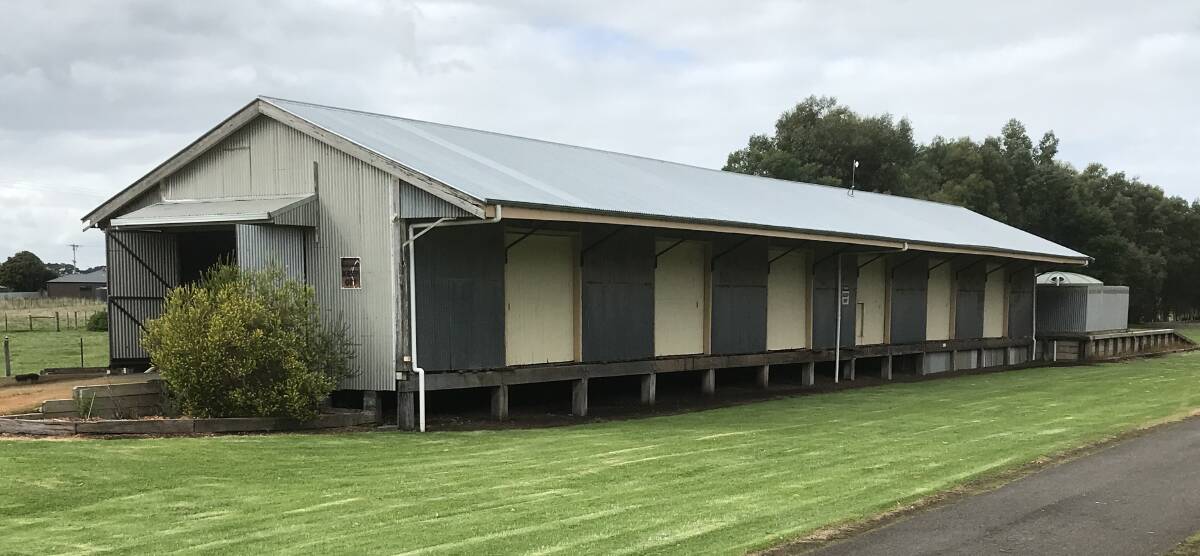
So when Mr Bodycoat and his team of volunteers set themselves on a mission mid last decade to restore the goods shed at the station precinct, they had a clear vision.
"The aim with the goods shed was to make it functionable," he said.
"We had gathered a lot of equipment for maintenance of the station and rail trail but we were short on room to store it. The goods shed was in rough condition, the roof was in poor shape, but the floor was not too bad so we saw it as a useful project."
Mr Bodycoat had just the crew to meet this mission head-on.
A large majority of the rail trail volunteers were ex-farmers or tradesmen who knew how to get things done efficiently and safely.
"We got funding from Moyne Shire for a new roof which was very welcome," Mr Bodycoat.
"We were then able to remove the rotting platform on the south side, build a new loading ramp and entrance on the west side and replace major beams. It is now a lockable, safe and secure storage space which is so valuable for our work. Again, like the station, it is an example of using these wonderful old buildings in a practical way.
"All up we managed to source about $60,000 of funding and because we were able to do so much of the work ourselves we got maximum impact."
So, if Port Fairy casts its eyes across the Princes Highway and the beautiful green paddocks, then the blueprint can be seen.
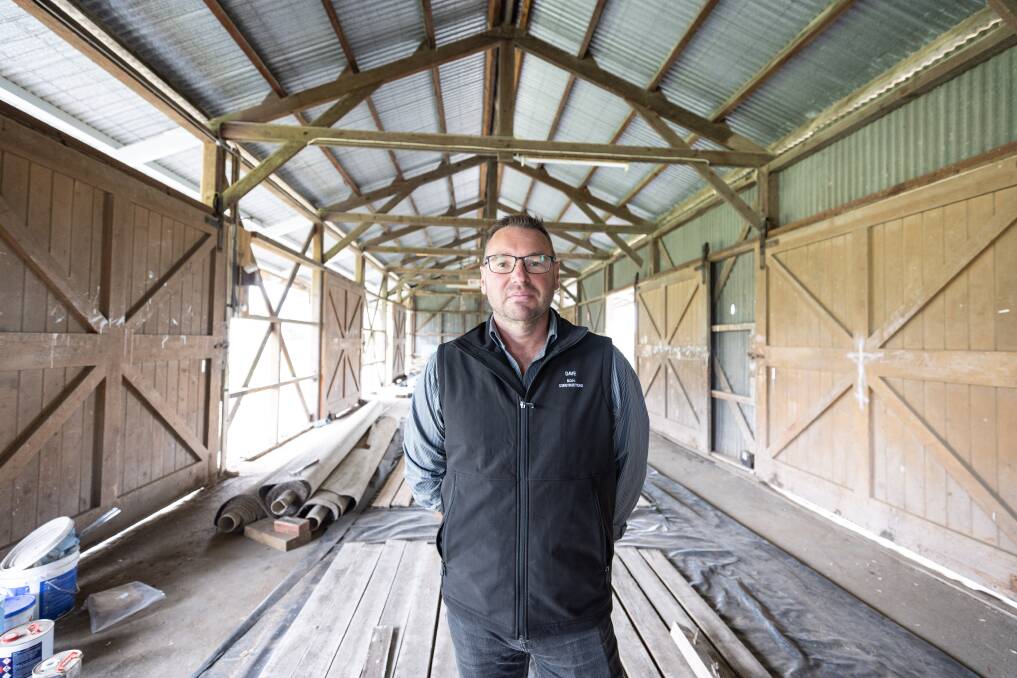
That said, the Port Fairy good shed is somewhat of an out-lyer when it comes to that community.
Part of the town's attraction as one of the state's most popular tourist destinations is its ability to weave its history into everyday life, with the use of nineteenth and early twentieth century buildings central to this.
But the goods shed, despite its prominent location in the heart of town, has been an unsolvable puzzle so far.
But the answer appears to be some community love and care. And an open door.















